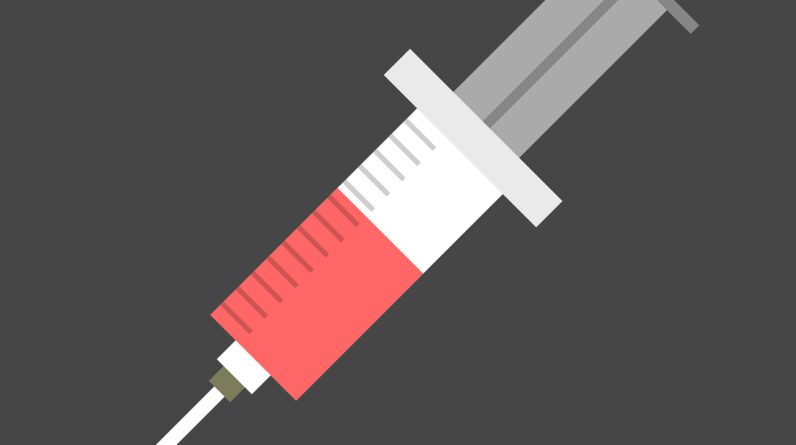
**Affiliate Disclosure**
Please note that some of the links on this site are affiliate links, and at no additional cost to you, we may earn a commission if you decide to make a purchase after clicking through the link. Any commission we make is income for the work put into supplying the information presented on this website.
Atherosclerosis – What is it?
Atherosclerosis is a serious disease that results from a build-up of cholesterol and calcium-containing plaques on the inner lining of the heart arteries. Normally the arteries are the blood vessels that bring blood that is rich in oxygen from the lungs to the cells and tissues of the body but, in atherosclerosis, some cells of the body don’t get enough oxygen, which can lead to serious organ damage.
Atherosclerotic plaques are made from calcium, cholesterol, fat, and other things in the blood stream. The plaques start off as being very soft but soon harden with calcium and lodge themselves in the arterial lining, blocking the lining and decreasing the amount of oxygen reaching the cells. The main conditions affected by atherosclerosis include heart attacks and strokes—both of which can be deadly.
Atherosclerosis-related Diseases
While atherosclerosis can involve any artery inside the body, the most dangerous parts of the body affected by atherosclerosis are the arms, legs, kidneys, pelvis, brain, and heart. Some of these areas have no redundancy, meaning that there is only one artery leading to the organ. When this is the case, when the artery is blocked, the end result is cell death.
Coronary Artery Disease
Coronary artery disease is perhaps the most common disease caused by atherosclerosis. This is because this is one of the organs that don’t have much in the way of arterial redundancy so that, if the artery becomes blocked, there is no other circulation to the cells of the heart and a heart attack ensues.
In coronary heart disease, the plaque builds up over time, leading to a narrowing of the arteries to the heart. At some point, a clot develops in the narrowed area so that there is no blood flowing to the coronary cells and the coronary cells die, resulting in a heart attack.
There is also a condition called coronary microvascular disease or MVD, in which only the small arteries of the heart are filled with plaque. This is generally considered to be less dangerous than if the larger arteries to the heart are blocked.
Carotid Artery Disease
Carotid artery disease happens whenever a plaque builds up in the carotid arteries, which are the main arteries that supply oxygen and blood to the brain cells. The carotid arteries have virtually no redundancy so, when they become blocked, the blockage leads to a lack of oxygen to the brain, and a stroke can occur.
Peripheral Vascular Disease
This is also referred to ad PVD. It happens when the arteries leading to the arms and legs become filled with plaque. While there is better redundancy in these arteries, many of them can be blocked at the same time, leading to a lack of blood supply and oxygen to the peripheral tissues. Common symptoms of PVD include infections in the extremities, open sores from lack of oxygen to the skin, pain in the legs or arms, and numbness to the areas affected by atherosclerosis.
Chronic Kidney Disease
The arteries leading to the kidneys can build up with plaque, leading to a lack of blood supply to the kidneys. This can cause hypertension and a gradual loss of kidney function. The kidneys begin to fail so that they don’t filter blood as well and toxins can build up in the body.
No one knows the exact cause of atherosclerosis. It is believed that certain habits, conditions, or hereditary traits put a person at a higher risk for developing the disease. Some risk factors can be modified. These include eating a poor diet, smoking cigarettes, and being a sedentary person. Things that are uncontrollable, however, include having a family history of heart disease, being male, and being older.
Many times, atherosclerosis has no symptoms, at least in the early stages. Most symptoms happen when the arteries are extremely blocked or when a clot forms in the area of the plaque. Sometimes the first sign that a person has atherosclerosis is when they have a stroke or heart attack.
While there are lifestyle changes that can help reduce the risk of diseases caused by atherosclerosis, some people require medications, angioplasty, or open heart surgery in order to prevent the complications of the disease.





